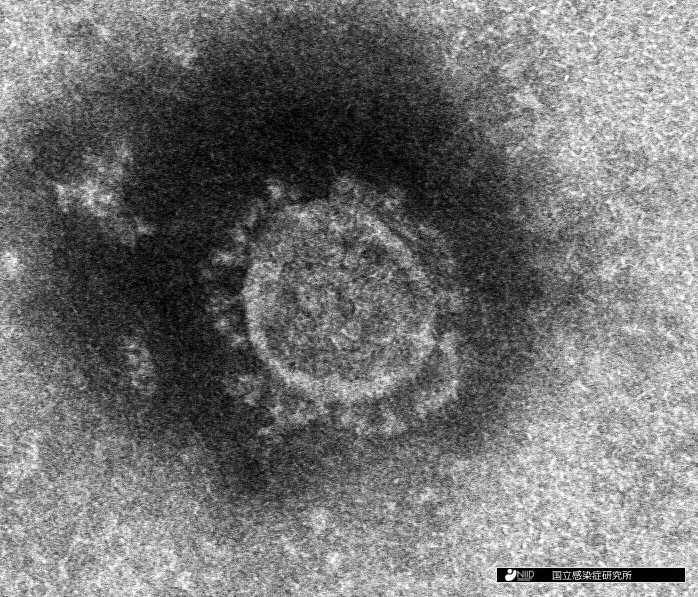Jpn. J. Infect. Dis., 65 (2), 117-121, 2012
To see a printable version of the article in the Adobe file format, click this [PDF] link.
Yoshimasa Sasaki1*, Masaru Usui2, Mariko Murakami1, Mika Haruna1, Akemi Kojima2, Tetsuo Asai2, and Yukiko Yamada1
1Food Safety and Consumer Affairs Bureau, Ministry of Agriculture, Forestry, and Fisheries, Tokyo 100-8950; and 2National Veterinary Assay Laboratory, Ministry of Agriculture, Forestry, and Fisheries, Tokyo 185-8511, Japan
(Received September 22, 2011. Accepted December 3, 2011)
*Corresponding author: Mailing address: Food Safety and Consumer Affairs Bureau, Ministry of Agriculture, Forestry, and Fisheries, 1-2-1 Kasumigaseki, Chiyoda-ku, Tokyo 100-8950, Japan. Tel: +81-3-3502-5722, Fax: +81-3-3597-0329, E-mail: This email address is being protected from spambots. You need JavaScript enabled to view it.
SUMMARY: This study was conducted to determine the prevalence of antimicrobial resistance in Shiga toxin-producing Escherichia coli (STEC) O157 (n = 241) and O26 (n = 11) isolated from beef cattle and to characterize their antimicrobial resistance profiles. Resistance to dihydrostreptomycin was detected most frequently (STEC O157, 9.5%; STEC O26, 54.5%), followed by resistance to oxytetracycline (7.9%; 45.5%) and ampicillin (5.4%; 36.4%). Resistance to one or more antimicrobial agents was detected in 13.3% (32/241) of the STEC O157 isolates and 54.5% (6/11) of the STEC O26 isolates. The antimicrobial resistance rate in the STEC O26 isolates was significantly higher than that in the STEC O157 isolates (P = 0.002, Fisher’s exact test). The antimicrobial resistance rate in the STEC O157 isolates possessing both stx1 and stx2 genes was 26.3% (15/57), while that in the isolates possessing stx2c gene alone was 3.9% (3/77). These findings suggest that the antimicrobial resistance in STEC O157 is associated with serogroups and the Shiga toxin genotype.
